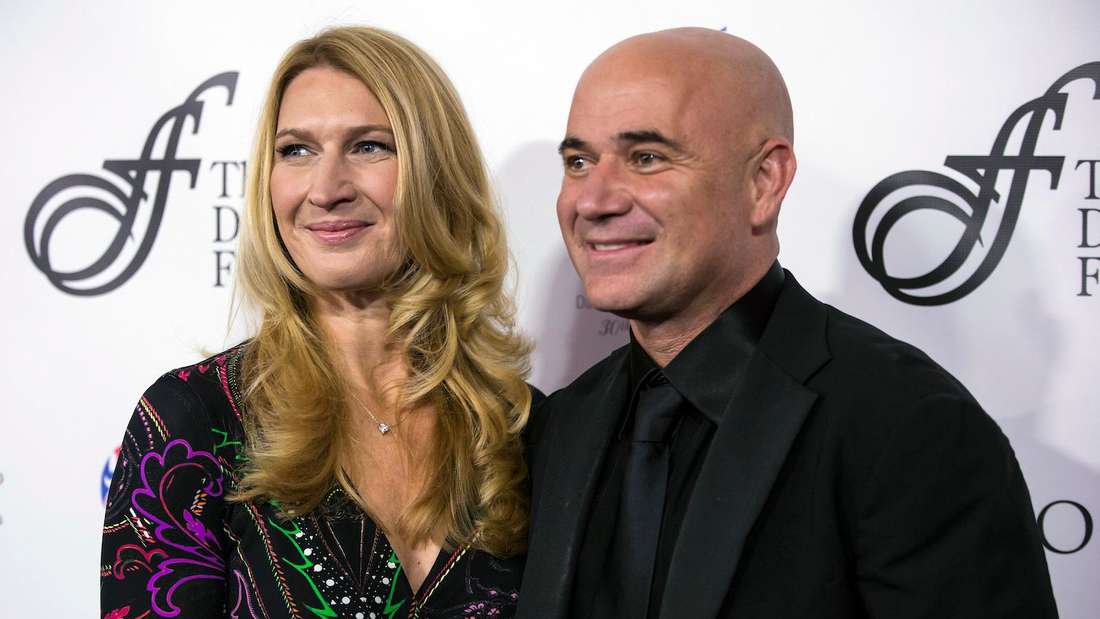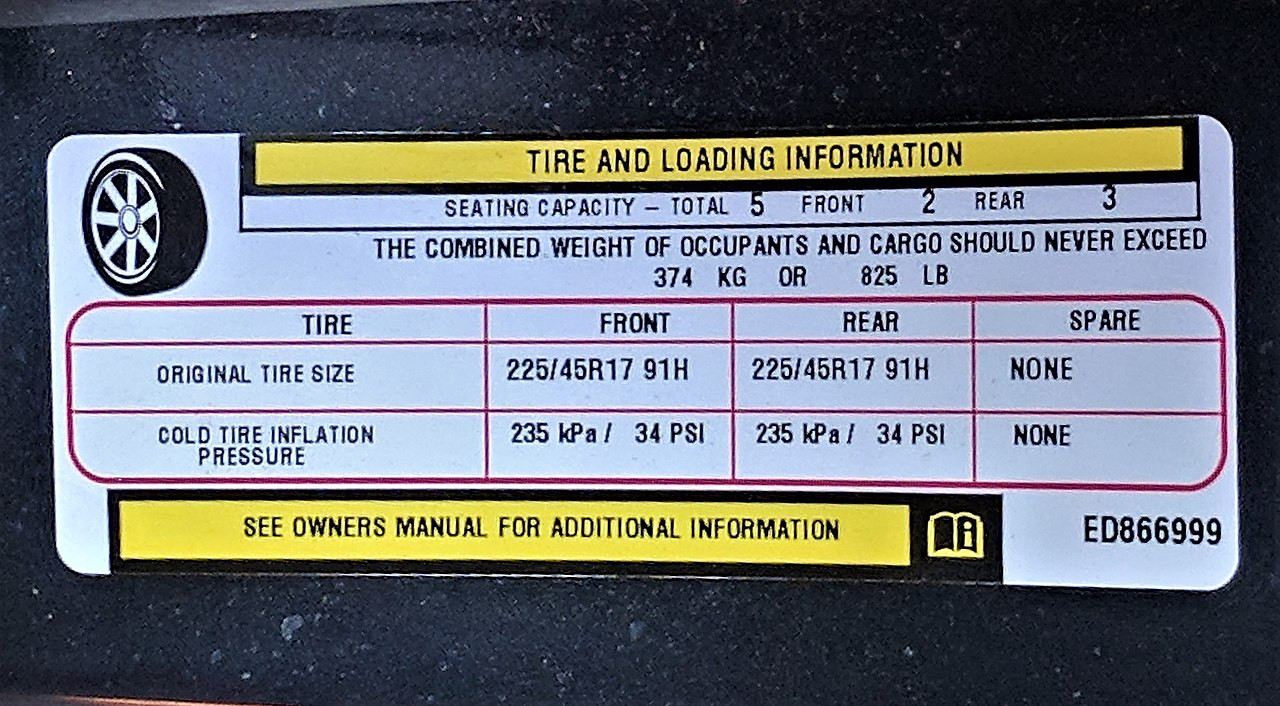Deciphering The Hells Angels

Table of Contents
History and Origins of the Hells Angels
The Hells Angels' story begins in 1948, amidst the post-World War II boom in Southern California. Founded in Fontana, the club's initial members were a group of veterans, drawn together by a shared love of motorcycles and a rebellious spirit. Their early years saw a gradual expansion, with new chapters forming across the state. This period also witnessed the evolution of their iconic imagery and the development of a distinct biker subculture.
Key milestones in the Hells Angels' history include periods of rapid expansion, often accompanied by clashes with rival motorcycle clubs and law enforcement. Events like the infamous Altamont Speedway concert in 1969, marred by violence and death, significantly shaped their public image. The club's trajectory has been marked by internal power struggles, leadership changes, and a continuous adaptation to evolving societal pressures.
- Founding members and early chapters: The original members, mostly veterans, laid the foundation for the club's structure and identity. Early chapters established in California served as a template for future expansion.
- The impact of post-war societal changes: The post-war economic boom and social upheaval provided a fertile ground for counter-cultural movements, including the burgeoning biker subculture. The Hells Angels became a symbol of this rebellion.
- Key events that shaped their reputation (e.g., Altamont Speedway): The Altamont Speedway concert, where a member of the Rolling Stones' security detail, was stabbed to death, cemented the Hells Angels’ reputation for violence in the public consciousness.
Hells Angels Organization and Structure
The Hells Angels operate under a hierarchical structure, with chapters forming the basic organizational units. These chapters are then linked to a national and even international level, though the degree of centralized control is debated. Within each chapter, a clear chain of command exists, with various roles and responsibilities assigned to members. The President is the ultimate authority within a chapter, assisted by Vice Presidents and other officers like the Sergeant-at-Arms.
Aspiring members go through a period as "prospects," proving their loyalty and commitment before being granted "full-patch" membership, representing full status within the club. This initiation process is rigorous and secretive. The iconic "death's head" logo, along with other insignia, is central to their identity, representing their brotherhood and the shared values and beliefs within the club.
- Chapter autonomy vs. centralized control: While chapters enjoy a degree of autonomy, there are clear lines of communication and reporting structures that connect them to higher levels.
- Membership requirements and initiation processes: Becoming a full-patch member involves an extensive probationary period and a demonstration of unwavering loyalty and commitment.
- The role of patches and insignia: Patches and other insignia are more than just symbols; they communicate membership, rank, and club affiliation. They also project power and authority.
Hells Angels Activities and Criminal Allegations
The Hells Angels have long been associated with various alleged criminal activities. It's crucial, however, to approach these allegations with a critical eye, separating documented evidence from unsubstantiated claims. The club has been implicated in drug trafficking, violence, extortion, and other offenses. Numerous legal battles and convictions have highlighted the club's involvement in criminal activities.
Law enforcement agencies worldwide have employed various strategies to combat the Hells Angels' alleged criminal operations, including targeted investigations, undercover operations, and asset seizures. However, prosecuting organized crime groups like the Hells Angels presents significant challenges due to their secretive nature, complex organizational structures, and the difficulty in obtaining credible evidence.
- Specific examples of documented criminal activity: Court cases and investigative reports provide evidence of the Hells Angels' involvement in various criminal enterprises.
- Law enforcement strategies targeting the Hells Angels: Authorities have employed a variety of tactics, ranging from surveillance to infiltration, to disrupt the club's activities.
- The complexities of prosecuting organized crime groups: Proving guilt beyond a reasonable doubt in cases involving organized crime is often challenging, due to witness intimidation and other factors.
The Hells Angels' Subculture and Symbolism
The Hells Angels have cultivated a unique subculture centered around motorcycles, a distinctive style, and shared rituals. Their motorcycle culture emphasizes powerful machines, customized with individual flair, reflecting a commitment to freedom and rebellion. The iconic "death's head" logo, often depicted with wings, has evolved over time but remains a central symbol of the club, representing strength, defiance, and brotherhood. Tattoos and other insignia play a crucial role in signifying membership and status.
The emphasis on brotherhood and loyalty within the club is a defining aspect of their subculture. This strong sense of community fosters a deep commitment among members, contributing to both the club's resilience and its potential for criminal activity.
- The significance of specific motorcycle models and modifications: The choice of motorcycle and its modifications often reflect individual preferences and status within the club.
- The meaning and evolution of the Hells Angels logo: The logo has undergone subtle changes over the years but has consistently conveyed defiance and strength.
- The club's use of symbols and tattoos: Symbols and tattoos serve as visual markers of membership, rank, and shared history.
Hells Angels in Popular Culture and Media
The Hells Angels have been frequently portrayed in books, films, and documentaries. These portrayals range from romanticized depictions that emphasize freedom and rebellion to demonized versions that focus solely on their criminal activities. Media coverage has significantly impacted public perception, contributing to both their mystique and the negative stereotypes that surround them.
Sensationalized media coverage often overshadows more nuanced analyses, reinforcing preconceived notions about the club. However, some documentaries and journalistic investigations have attempted to provide more balanced perspectives, examining the complexities of the Hells Angels' history and culture.
- Examples of films and books featuring the Hells Angels: Many works of fiction and non-fiction have used the Hells Angels as a subject, often with varying degrees of accuracy.
- The impact of sensationalized media coverage: Sensationalized reporting tends to reinforce negative stereotypes and overlooks the complexities of the group.
- The role of documentaries in presenting different perspectives: Some documentaries have attempted to offer a more balanced and informed perspective on the club and its members.
Conclusion
The Hells Angels Motorcycle Club presents a complex and multifaceted subject. Their history is interwoven with both rebellion and criminal activity, their organization is structured for both camaraderie and potential illegality, and their cultural influence spans popular media, projecting varying levels of romanticization and condemnation. Understanding the Hells Angels requires a critical approach, separating documented facts from speculation and recognizing the diversity of perspectives surrounding this notorious motorcycle club. It's essential to approach information about the Hells Angels with a nuanced and informed perspective. Continue your exploration of the Hells Angels and delve deeper into the complexities of this notorious motorcycle club. For a more comprehensive understanding of the Hells Angels, consider further research into their history, organization, and activities.

Featured Posts
-
 Iptv Illegal En Belgique Rtbf Et Rtl Lancent Une Offensive Contre Le Piratage
May 26, 2025
Iptv Illegal En Belgique Rtbf Et Rtl Lancent Une Offensive Contre Le Piratage
May 26, 2025 -
 Decouvrir Les Traditions Des Gens D Ici
May 26, 2025
Decouvrir Les Traditions Des Gens D Ici
May 26, 2025 -
 Elever Trois Enfants Avec Un Grand Ecart D Age Le Temoignage De Melanie Thierry Et Raphael
May 26, 2025
Elever Trois Enfants Avec Un Grand Ecart D Age Le Temoignage De Melanie Thierry Et Raphael
May 26, 2025 -
 Kazuo Ishiguros Novels Themes Of Memory Loss And Identity
May 26, 2025
Kazuo Ishiguros Novels Themes Of Memory Loss And Identity
May 26, 2025 -
 La Dispute Ardisson Baffie Analyse D Une Reponse Memorable
May 26, 2025
La Dispute Ardisson Baffie Analyse D Une Reponse Memorable
May 26, 2025
Latest Posts
-
 Agassi Dezvaluie Stresul Inainte De Meciuri Era Coplesitor
May 30, 2025
Agassi Dezvaluie Stresul Inainte De Meciuri Era Coplesitor
May 30, 2025 -
 Steffi Graf Neuer Sport Und Die Ehe Mit Andre Agassi
May 30, 2025
Steffi Graf Neuer Sport Und Die Ehe Mit Andre Agassi
May 30, 2025 -
 La Bestia Sudamericana Agassi Rememora A Rios
May 30, 2025
La Bestia Sudamericana Agassi Rememora A Rios
May 30, 2025 -
 Andre Agassi Marturie Neasteptata Despre Presiunea Competitiei
May 30, 2025
Andre Agassi Marturie Neasteptata Despre Presiunea Competitiei
May 30, 2025 -
 Die Ungewoehnliche Ehe Regel Von Steffi Graf Und Andre Agassi
May 30, 2025
Die Ungewoehnliche Ehe Regel Von Steffi Graf Und Andre Agassi
May 30, 2025
